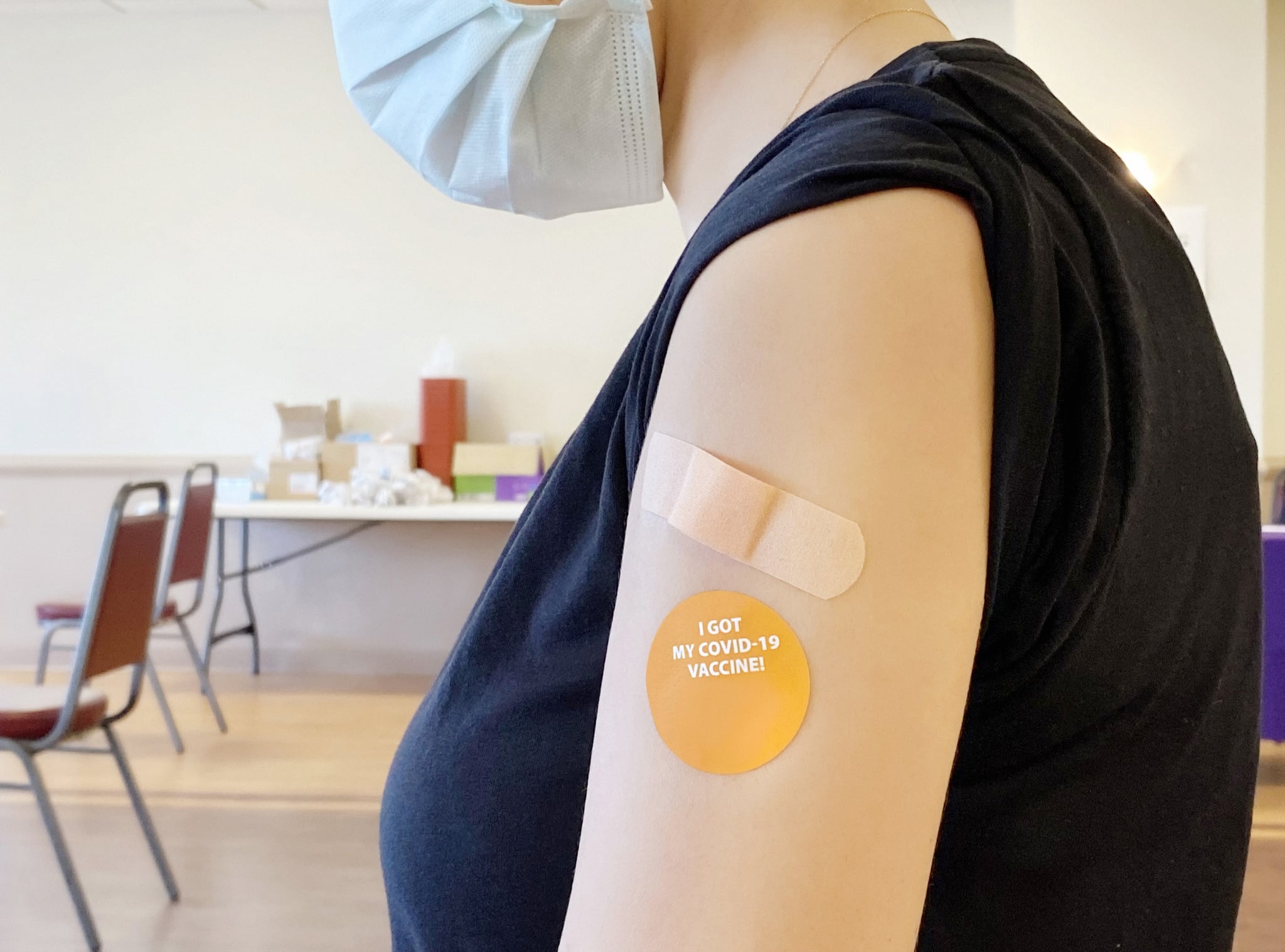Products You May Like
Despite the fact that not everyone experiences COVID-19 vaccine side effects, they are very common — but now, a new study suggests that these symptoms may be caused by something called the “nocebo effect” and not your body’s immune response to the vaccine. Research published in the JAMA Network Open on Jan. 18 suggests that three-fourths of common side effects after the first dose can be attributed to this phenomenon, which is a negative version of the placebo effect (having a positive reaction to treatment that doesn’t have any medical benefits).
What Is the Nocebo Effect?
The nocebo effect essentially happens when a placebo makes someone feel worse due to anxiety or the expectations of symptoms — the opposite of the placebo effect or, as Nature describes it, the placebo effect’s “evil twin.”
The study states that people can often misattribute prior negative symptoms to the placebo (what they think is a treatment). Lead author Julia Haas, PhD, from the Program in Placebo Studies at Beth Israel Deaconess Medical Center, says that adverse events after placebos are common in clinical trials. Author Ted Kaptchuk, BA, Harvard Medical School professor of medicine, explains, “Nonspecific symptoms like headache and fatigue — which we have shown to be particularly nocebo sensitive — are listed among the most common adverse reactions following COVID-19 vaccination in many information leaflets. Evidence suggests that this sort of information may cause people to misattribute common daily background sensations as arising from the vaccine or cause anxiety and worry that make people hyperalert to bodily feelings about adverse events.”
How Researchers Conducted This Study
Researchers from Harvard Medical School and Beth Israel Deaconess Medical Center compared the rates of adverse reactions reported by people who received the vaccine versus those who received a placebo. They reviewed 12 clinical trials for different types of COVID vaccines — looking at 22,802 vaccine recipient and 22,578 placebo recipient reports — and found that the nocebo effect accounted for 76 percent of common systemic reactions (those not experienced at the local injection site) following the first vaccine dose and almost 52 percent following the second.
Though the researchers did find that more vaccine recipients reported adverse reactions, about a third of placebo recipients reported at least one adverse reaction after either dose. Headache and fatigue were the most common reactions reported by this placebo group. It’s worth noting, too, that adverse reactions dipped for the placebo group after the second dose and increased for the vaccine group.
According to an article published on the Harvard Medical School website, some of the adverse effects experienced by the vaccine group can also be attributed to the nocebo effect, “given that many of these events also occurred in the placebo group.”
Dr. Haas says, “Collecting systematic evidence regarding these nocebo responses in vaccine trials is important for COVID-19 vaccination worldwide, especially because concern about side effects is reported to be a reason for vaccine hesitancy.” Kaptchuk, also the director of Beth Israel Deaconess’s Program in Placebo Studies, adds, “Most researchers argue that patients should be told less about side effects to reduce their anxiety. I think this is wrong. Honesty is the way to go.”
